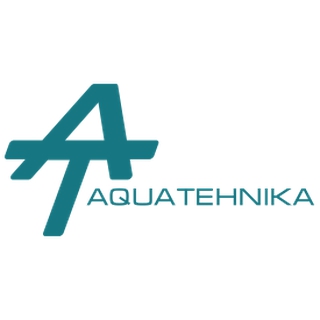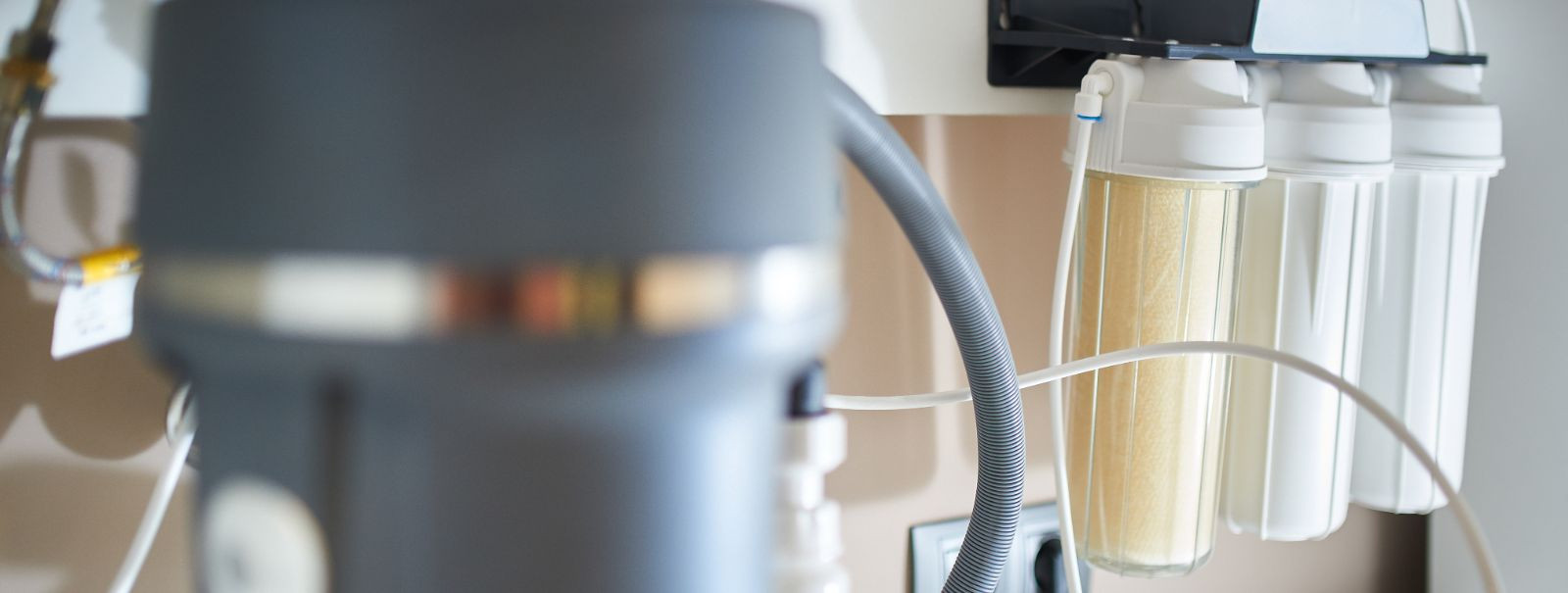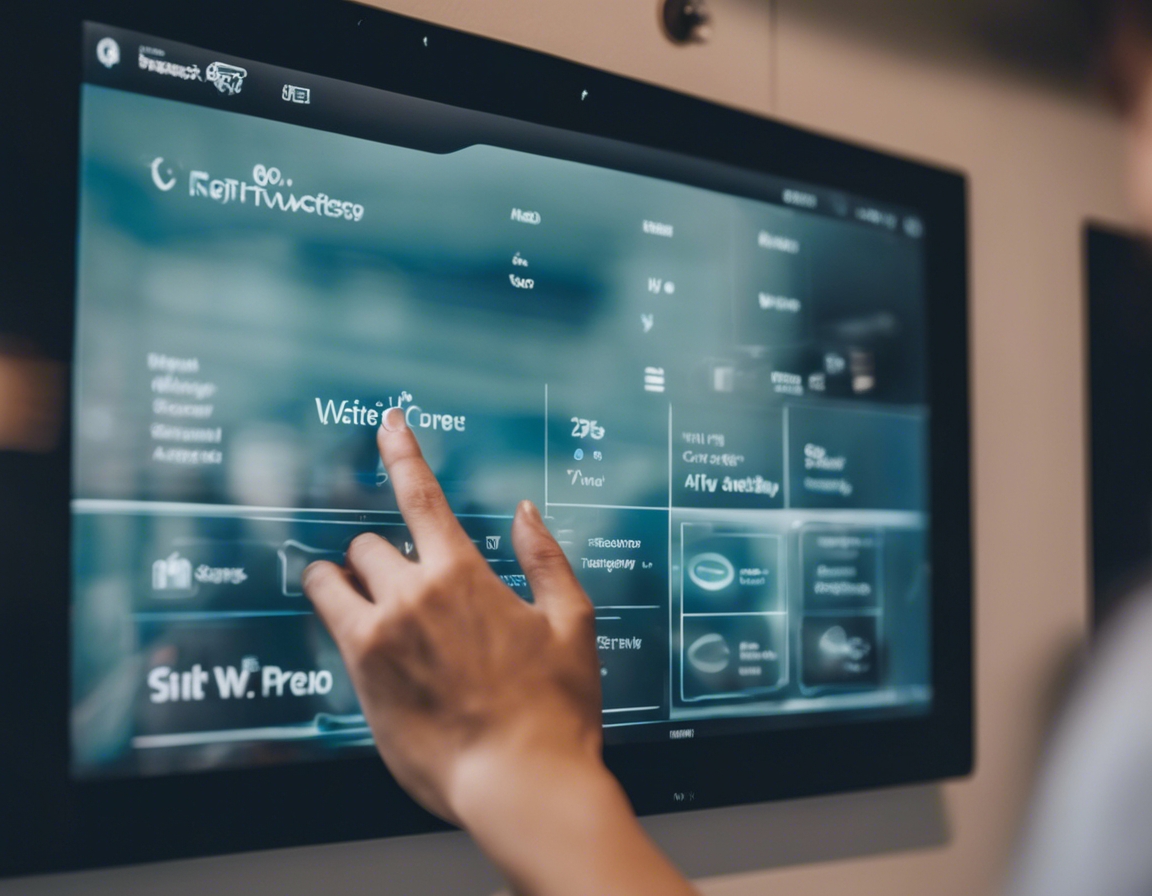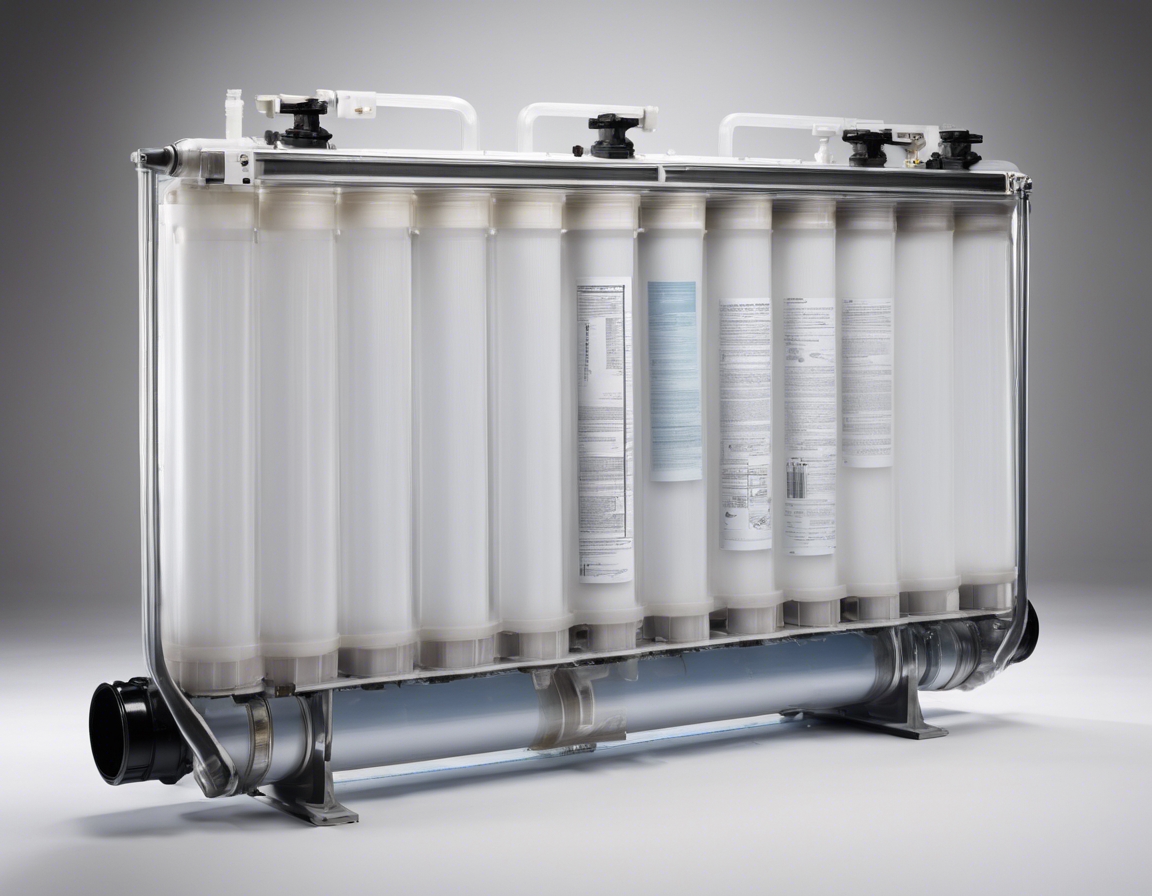The ultimate guide to home water purification
Water is the essence of life, and its quality is directly linked to our health and well-being. Contaminants in water can lead to a range of health issues, from minor gastrointestinal problems to serious diseases. Home water purification is not just about improving taste and odor; it's about ensuring that the water you and your family consume is safe and healthy.
Water can be contaminated with a variety of substances, including bacteria, viruses, heavy metals, organic and inorganic chemicals, and particulates. These contaminants can come from agricultural runoff, industrial discharges, natural mineral deposits, and even household plumbing systems.
Assessing Your Water Purification Needs
Understanding the source of your water is the first step in determining your purification needs. Whether you're drawing water from a well, a municipal supply, or a natural body of water, each source has its own set of potential contaminants.
Testing your water is crucial to identify specific contaminants and their concentrations. This information will guide you in selecting the appropriate purification technology for your home.
Water Purification Technologies
Filtration systems are a common and effective way to remove particulates and certain chemicals from water. They range from simple carbon filters to more advanced multi-stage systems.
Reverse osmosis (RO) is a powerful purification method that can remove a wide range of contaminants, including dissolved solids, by forcing water through a semi-permeable membrane.
Ultraviolet (UV) purification uses UV light to kill bacteria and viruses, providing an additional layer of protection against microbiological contaminants.
Distillation involves boiling water and then condensing the steam back into liquid, leaving most contaminants behind. This process is effective but can be energy-intensive.
Ion exchange systems, such as water softeners, remove minerals like calcium and magnesium, which can cause scale buildup and affect water taste.
Choosing the Right Water Purification System
When choosing a water purification system, consider factors such as contaminant removal efficiency, system capacity, maintenance requirements, and cost.
It's important to compare different systems to find one that meets your specific needs. Consider the long-term costs and benefits, including the quality of water you'll receive.
Maintenance and Upkeep of Water Purification Systems
Regular maintenance is essential to ensure that your water purification system continues to operate effectively. This includes cleaning, replacing filters, and monitoring system performance.
Over time, filters and other components will need to be replaced to maintain the quality of your purified water. Follow the manufacturer's recommendations for replacement intervals.
DIY vs. Professional Installation
DIY installation can be cost-effective and rewarding, but it requires a certain level of skill and knowledge. Incorrect installation can lead to system failures and even water damage.
Professional installation ensures that your system is set up correctly and operates at peak efficiency. It also often comes with warranties and customer support.
Ensuring Safe Drinking Water for Your Home
Adopting best practices for water consumption, such as using purified water for drinking and cooking, can significantly improve your overall health.
In emergency situations, having a reliable water purification method is crucial. Portable or backup purification systems can provide peace of mind and access to clean water when needed.






Comments (0)